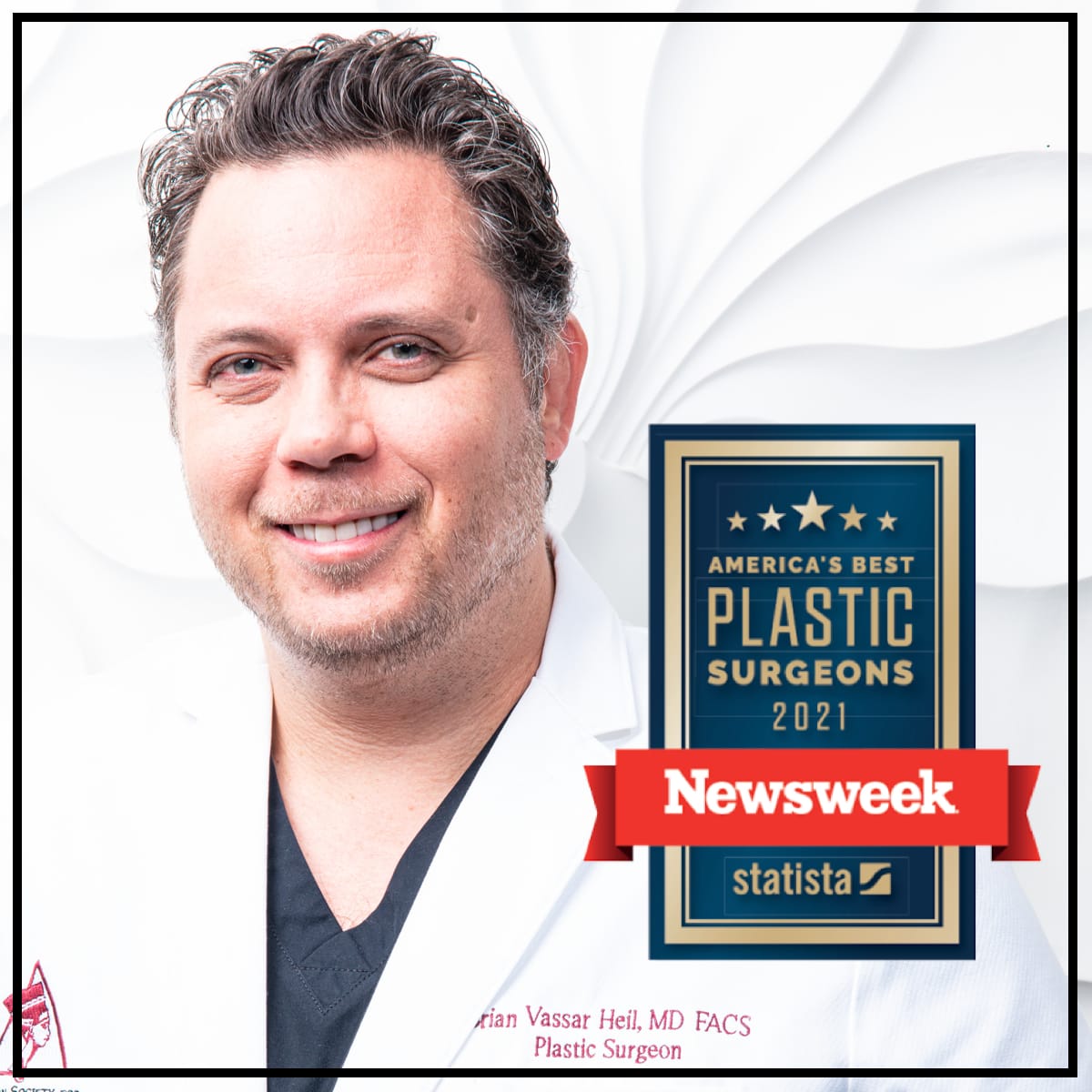Restore Your Full Head of Hair with Platelet-Rich Plasma Treatment for Hair Loss
Platelet-Rich Plasma treatment (PRP) uses the patient’s own blood to promote new hair growth. It sounds like a procedure out of a nineteenth-century medical book, but it’s actually based on modern scientific findings. If you are looking for the best hair treatment for hair loss in Pittsburgh, then you should consider this increasingly popular, state-of-the-art treatment.
Why Does PRP Work? The Secret Is Growth Factors.
Our blood is made of red blood cells and plasma. Plasma contains white blood cells and platelets, which carry growth factors. Growth factors naturally regulate the growth of new cells and new hair follicles. They are used in various treatments that combat the signs of aging, including PRP.
PRP is scientifically proven to increase:
- Hair count
- Hair thickness
- The growth phase of the hair cycle
Who Are the Best Candidates for PRP?
If you are experiencing hair loss, then you might be a good fit for PRP. This treatment is best for patients with early hair loss and those suffering from androgenic alopecia (also known as hereditary baldness). In men, this appears as thinning along the front and crown of the head. In women, it occurs as a widening part, with normal hair thickness along the back of the head.
The PRP Process

- The physician will draw blood from the patient’s arm.
- The tube of blood is run through a centrifuge, which will separate the red blood cells from the patient’s plasma.
- The plasma, which is rich in growth factors, will be injected into the thinning areas of the scalp at approximately every half-inch.
This procedure will usually take less than half an hour, and there is minimal discomfort. Most patients don’t even require numbing.
After the PRP Procedure
PRP requires minimal downtime — if any at all. There may be some bruising or mild discomfort, but even patients’ regular hair care routine will only be delayed for a day or two. Over the following months, patients will notice decreased hair loss, early regrowth, and then increased length of hair.
PRP Requires Regular Treatments
The PRP procedure is not a permanent, one-time procedure. Typically, patients come in for treatment once a month for the first three or four months and then return for additional treatments every three to six months. This ensures plentiful growth factors and stem cells to keep hair thick and lustrous.
To find out more about PRP and other hair restoration options, such as NeoGraft, in Pennsylvania, please call Premier Plastic Surgery today at 724-264-3608.






